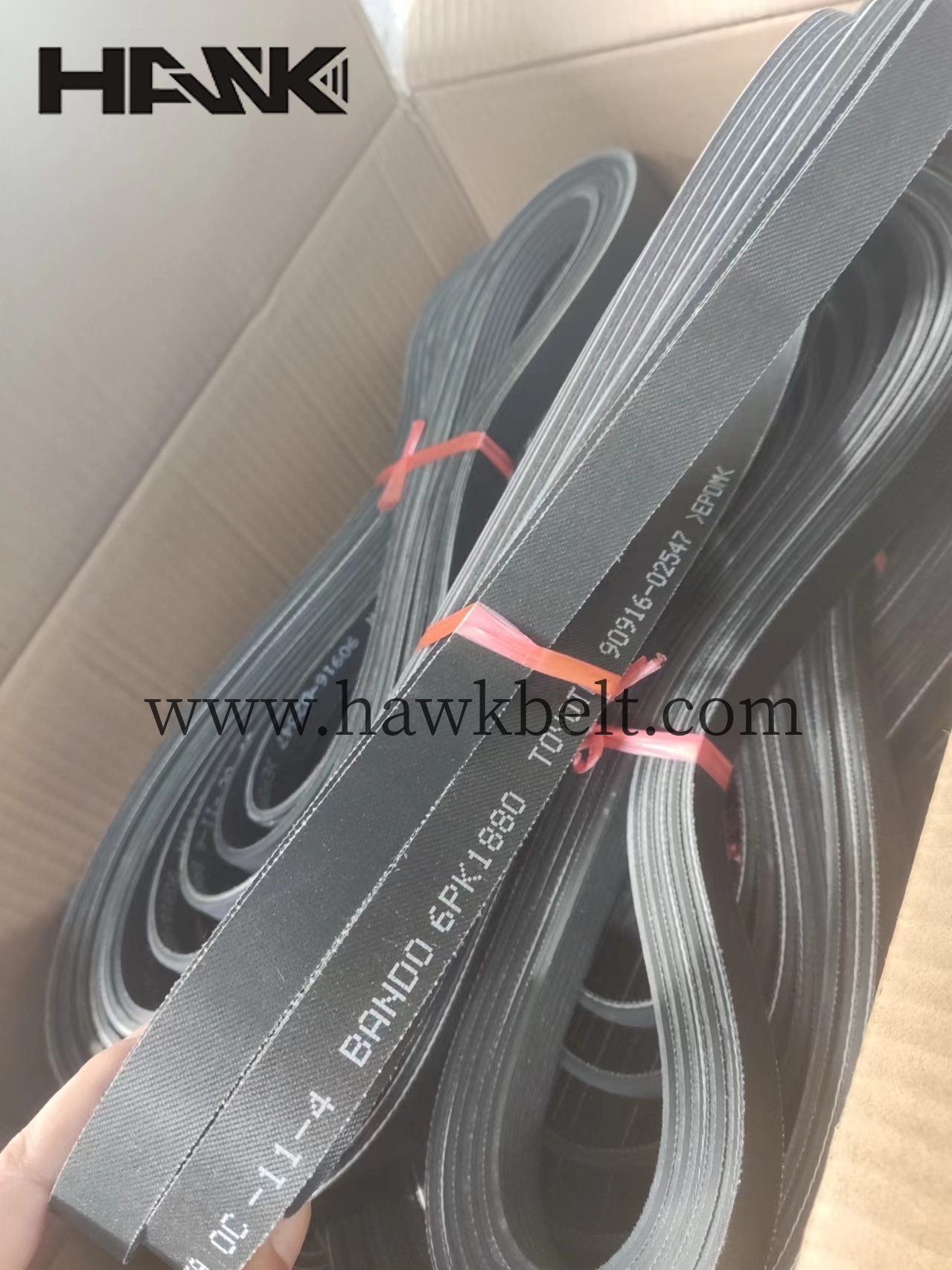- Arabic
- French
- Russian
- Spanish
- Portuguese
- Turkish
- Armenian
- English
- Albanian
- Amharic
- Azerbaijani
- Basque
- Belarusian
- Bengali
- Bosnian
- Bulgarian
- Catalan
- Cebuano
- Corsican
- Croatian
- Czech
- Danish
- Dutch
- Afrikaans
- Esperanto
- Estonian
- Finnish
- Frisian
- Galician
- Georgian
- German
- Greek
- Gujarati
- Haitian Creole
- hausa
- hawaiian
- Hebrew
- Hindi
- Miao
- Hungarian
- Icelandic
- igbo
- Indonesian
- irish
- Italian
- Japanese
- Javanese
- Kannada
- kazakh
- Khmer
- Rwandese
- Korean
- Kurdish
- Kyrgyz
- Lao
- Latin
- Latvian
- Lithuanian
- Luxembourgish
- Macedonian
- Malgashi
- Malay
- Malayalam
- Maltese
- Maori
- Marathi
- Mongolian
- Myanmar
- Nepali
- Norwegian
- Norwegian
- Occitan
- Pashto
- Persian
- Polish
- Punjabi
- Romanian
- Samoan
- Scottish Gaelic
- Serbian
- Sesotho
- Shona
- Sindhi
- Sinhala
- Slovak
- Slovenian
- Somali
- Sundanese
- Swahili
- Swedish
- Tagalog
- Tajik
- Tamil
- Tatar
- Telugu
- Thai
- Turkmen
- Ukrainian
- Urdu
- Uighur
- Uzbek
- Vietnamese
- Welsh
- Bantu
- Yiddish
- Yoruba
- Zulu
Aug . 20, 2024 15:02 Back to list
Comparison of Adjustable V-Belts and Flat V-Belts for Optimal Performance
Understanding Adjustable V-Belts and Flat V-Belts
In the realm of mechanical engineering and industrial applications, belts play a pivotal role in the functioning of various machines and systems. Among the diverse array of belts available, adjustable V-belts and flat V-belts stand out due to their unique characteristics and versatility.
What are V-Belts?
V-belts are a type of belt commonly used for transmitting power between shafts in mechanical systems. Their name originates from their V-shaped cross-section, which allows for better friction and grip against pulleys. This shape enables the belt to maintain tension, prevent slipping, and transmit higher torque at higher speeds. V-belts are widely used in various applications, including automotive engines, industrial machinery, and agricultural equipment.
Adjustable V-Belts
Adjustable V-belts are a specialized type of V-belt designed for applications where length flexibility is crucial. Unlike standard V-belts, which come in fixed sizes, adjustable V-belts can be modified to fit different pulley configurations. This adaptability is particularly advantageous in situations where the center distance between pulleys may change frequently.
The construction of adjustable V-belts typically involves a series of notches or perforations along the belt's length. These notches allow for easy adjustment and ensure that the belt can be shortened or extended without compromising its structural integrity. The ability to easily customize the length of the belt makes it an ideal choice for machinery that experiences wear and tear over time or requires frequent maintenance.
Flat V-Belts
adjustable v belt\/flat v belt

Flat V-belts, also known as flat belts, possess a different shape and design compared to traditional V-belts. As the name suggests, flat V-belts have a flat surface that enables them to operate on pulleys with a flat or grooved profile. The absence of a V-shape means that flat V-belts rely on friction between the belt and pulley to transmit power.
The key advantages of flat V-belts include minimal slip, a lower profile, and the ability to run on smaller pulleys. These features make flat V-belts suitable for high-speed applications, such as textile machines, conveyors, and various manufacturing processes. Additionally, flat V-belts can be less susceptible to heat buildup, making them ideal for applications where temperature management is critical.
Applications and Benefits
Both adjustable V-belts and flat V-belts have a wide range of applications across different industries. Adjustable V-belts are commonly used in scenarios where machine configurations are subject to change, such as in dynamic manufacturing processes and adjustable drive systems. Their flexibility and ease of installation make them a favorite choice among engineers.
On the other hand, flat V-belts are favored in high-speed environments requiring smooth and efficient power transmission. Their ability to function well on smaller pulleys also helps reduce overall equipment size, leading to more compact machine designs.
Conclusion
In conclusion, adjustable V-belts and flat V-belts serve essential roles in power transmission across various industries. Their unique characteristics allow them to be tailored to specific applications, providing efficiency, flexibility, and reliability. Understanding the distinctions between these two types of belts can help engineers and technicians make informed decisions regarding their selection and implementation, ultimately leading to improved performance and longevity of machinery.
-
Korean Auto Parts Timing Belt 24312-37500 For Hyundai/Kia
NewsMar.07,2025
-
7PK2300 90916-T2024 RIBBED BELT POLY V BELT PK BELT
NewsMar.07,2025
-
Chinese Auto Belt Factory 310-2M-22 For BMW/Mercedes-Benz
NewsMar.07,2025
-
Chinese Auto Belt Factory 310-2M-22 For BMW/Mercedes-Benz
NewsMar.07,2025
-
90916-02660 PK Belt 6PK1680 For Toyota
NewsMar.07,2025
-
drive belt serpentine belt
NewsMar.07,2025

